
Tom Urbach
Project Scientist, Retired
Department of Cognitive Science
University of California, San Diego
Research: How does the brain make sense of language in
real-time?
-
Urbach, T. P., & Kutas, M. (2018). Cognitive Electrophysiology of
Language. In S. A. Rueschemeyer & G. Gaskell (Eds.), Oxford
Handbook of Psycholinguistics (2nd ed.): Oxford University Press.
DOI: 10.1093/oxfordhb/9780198786825.013.40
This chapter introduces psycholinguists to how neurally generated electrical potentials recorded at the scalp -- the human electroencephalogram or EEG -- have been and may be used to investigate language in real-time. Event-related brain potential (ERP) language research is situated in the historical landscape of electroencephalography and the emergence of cognitive electrophysiology. There are many different brain potentials associated with covert processes from sensation to cognition to motor responses that inevitably co-occur with language processes of interest to the psycholinguist. A selective review of these describes some that are common in psycholinguistic research (N400, P600, and anterior negativities: LAN, eLAN, nRef) as well as others of importance (sensory evoked potentials; mismatch negativity, MMN; contingent negative variation, CNV; P300). This diversity of potentials can confound interpretation of ERP results if overlooked or, as illustrated by some vignettes, serve to answer clear questions about language acquisition, processing, learning, production, and loss.Experimental Approach: Brainwaves (EEG) and behavior
-
Urbach, T. P., DeLong, K. A., Chan, W.-H., & Kutas, M. (2020). An
exploratory data analysis of word form prediction during
word-by-word reading. Proceedings of the National Academy of
Sciences, 201922028.
DOI: https://doi.org/10.1073/pnas.1922028117
Supplementary Information: Appendix PDFAuthor's manuscript accepted for publication, please cite the DOI:
Some Language Experiments and Questions-
Natural language quantifiers and incremental interpretation
Urbach, DeLong & Kutas (2015) DOI: 10.1016/j.jml.2015.03.010
Urbach and Kutas (2010) DOI: 10.1016/j.jml.2010.03.008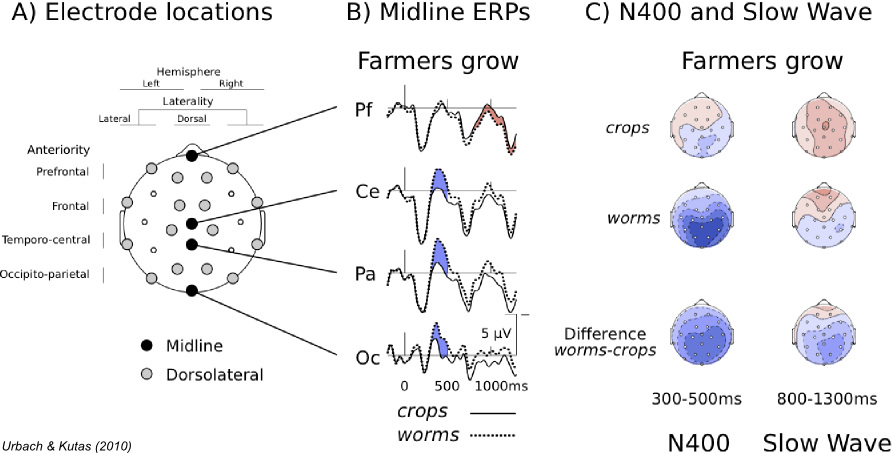
- What role do neural oscillations play in language comprehension?
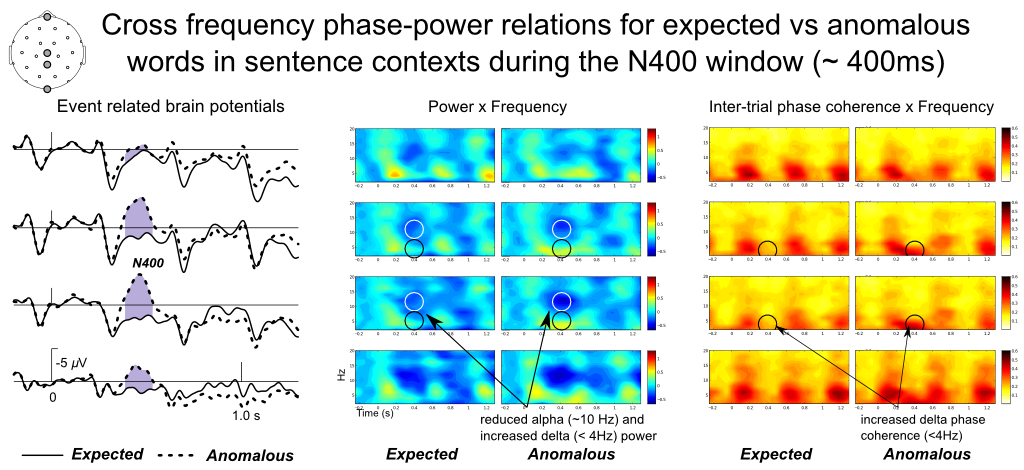
-
Can the brain be trained to hear speech better in noisy conditions?
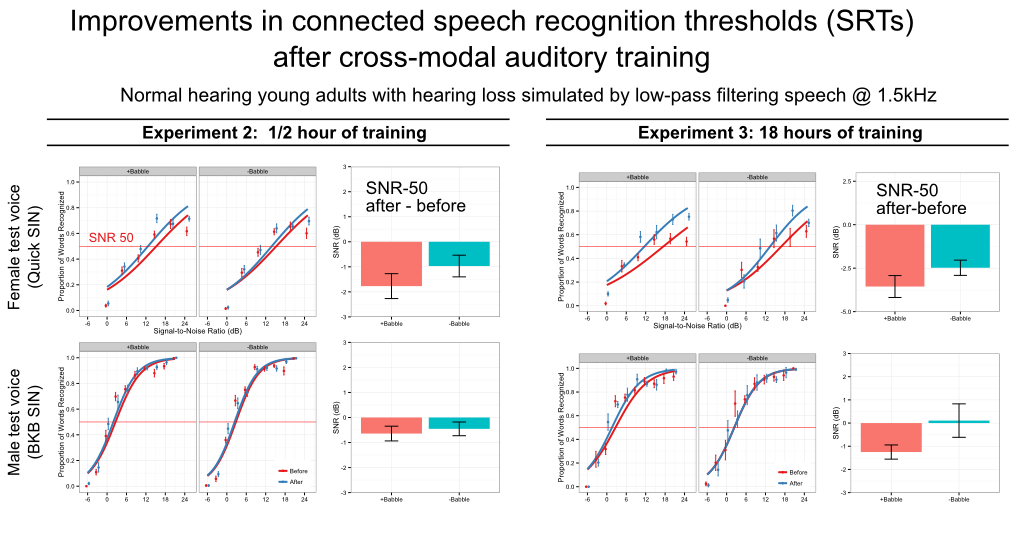
Some Scientific Computing Projects- R, Python, Jupyter, C/C++, MATLAB, HTML5/Javascript/CSS, *nix, git, LaTeX
-
Reproducible research and open-science.
- Public EEG example data sets: 4 experimental paradigms
- Open-access materials, code, and data. Urbach, T. P., DeLong, K. A., Chan, W.-H., \& Kutas, M. (2020, July 29). UDCK2020 An exploratory data analysis of word form prediction during word-by-word reading. DOI: https://osf.io/tksur
- Public EEG example data sets: 4 experimental paradigms
-
Pythonic GPU accelerated regression modeling
SDSC/NVIDIA GPU Hackathon 2020 - FitGrid An open-source Python package for mass regression modeling of multichannel EEG data, with Andrey Portnoy.
- mkpy
An open-source Python package for single-trial EEG data interchange, cross-platform analysis, and reproducible research.
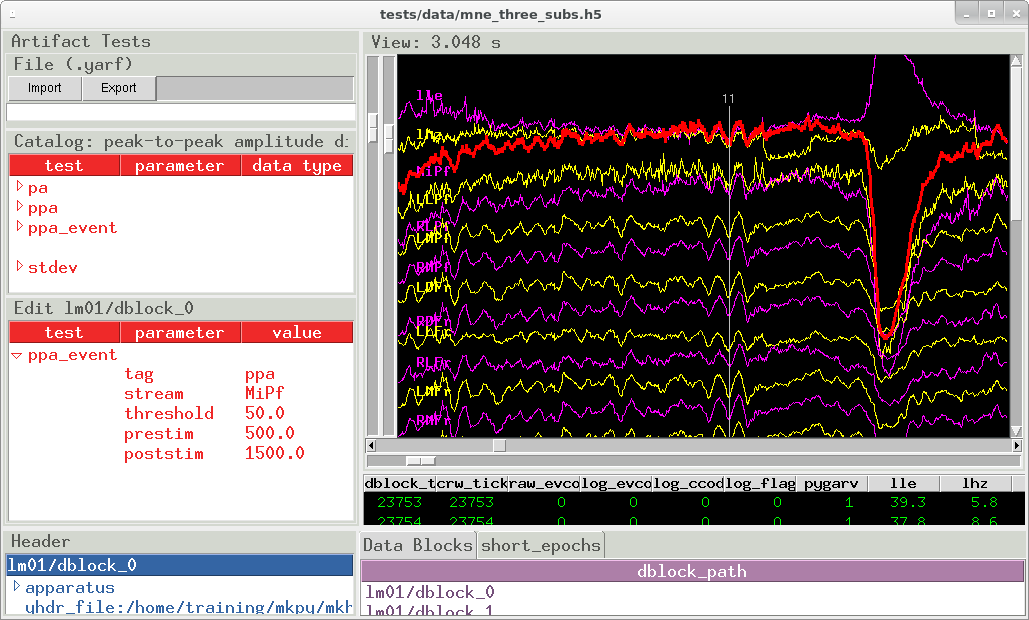
- What would theories of language look like if journals charged $1000 per theoretical entity postulated instead of per color figure?
Undergraduate Research Assistants (we knew them when ...)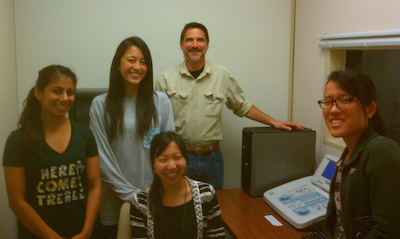


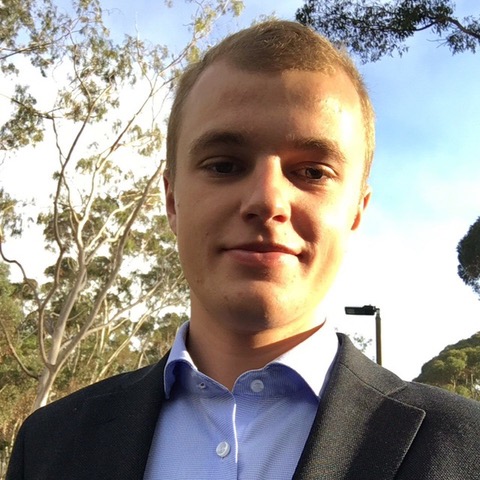 Pondering
Pondering -
Urbach, T. P., DeLong, K. A., Chan, W.-H., & Kutas, M. (2020). An
exploratory data analysis of word form prediction during
word-by-word reading. Proceedings of the National Academy of
Sciences, 201922028.